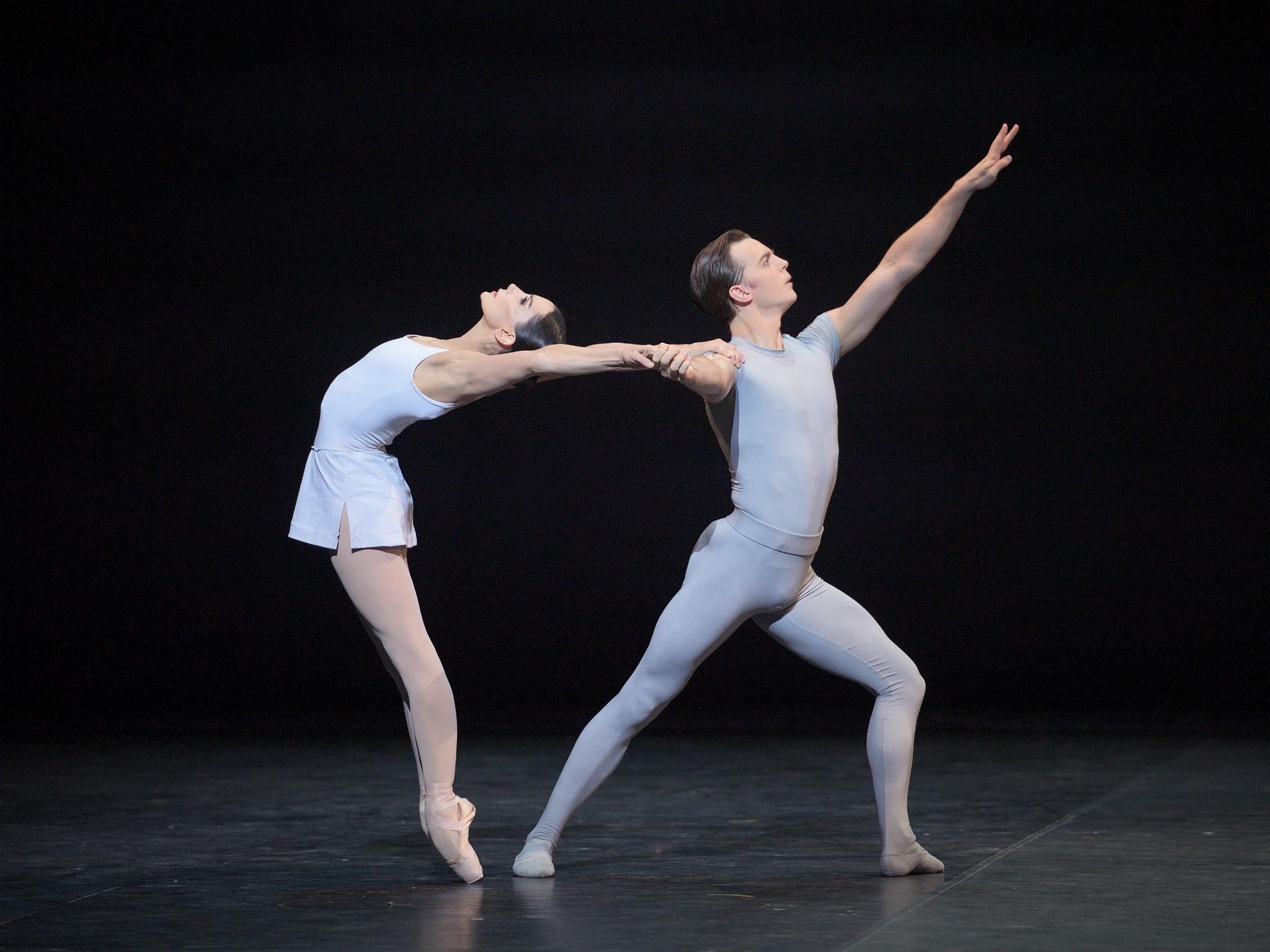Song of the Earth/La Sylphide, English National Ballet, London Coliseum, review: Tamara Rojo is technically impressive but oddly remote
English National Ballet presents a double bill featuring Kenneth MacMillan’s ‘Song of the Earth’ and Frank Andersen’s recreation of ‘La Sylphide’

Your support helps us to tell the story
From reproductive rights to climate change to Big Tech, The Independent is on the ground when the story is developing. Whether it's investigating the financials of Elon Musk's pro-Trump PAC or producing our latest documentary, 'The A Word', which shines a light on the American women fighting for reproductive rights, we know how important it is to parse out the facts from the messaging.
At such a critical moment in US history, we need reporters on the ground. Your donation allows us to keep sending journalists to speak to both sides of the story.
The Independent is trusted by Americans across the entire political spectrum. And unlike many other quality news outlets, we choose not to lock Americans out of our reporting and analysis with paywalls. We believe quality journalism should be available to everyone, paid for by those who can afford it.
Your support makes all the difference.From dark-toned grandeur to airy grace: English National Ballet’s double bill is a substantial pairing of Song of the Earth, Kenneth MacMillan’s staging of Mahler, with the floating romantic ballet La Sylphide. They’re both major works and major undertakings, the company showing its mettle as it moves into unfamiliar territory.
Song of the Earth, revived in tribute to the 25th anniversary of MacMillan’s death, is both spare and weighty. Mahler’s music is a setting of Chinese poetry on the beauty of the earth and the acceptance of death. Nicholas Georgiadis dresses the dancers in simple costumes, while MacMillan responds to the detail of the words or moves wider to create more abstract images. The style, blending ballet and modern dance, is sometimes a stretch for English National Ballet, but they dance with seriousness and care.
This cast was led by Tamara Rojo, the company’s artistic director. She’s both technically impressive and oddly remote as the woman facing death. The shapes of the choreography are gorgeously articulated, but she misses the human vulnerability of the role. There’s even an incongruous touch of Black Swan command to some of her dancing, and little chemistry with her partners.
As the man, Joseph Caley is boyish and ardent. In a late cast change, Fernando Carratala Coloma danced the Messenger of Death. Still in the corps de ballet, he’s a dancer of bold technique and vivid presence. So far, he’s more at home with the soaring leaps than the understated gestures, but he does suggest the kindliness of this image of death. Senri Kou was quick and lively in the third song.
Created in 1836, August Bournonville’s La Sylphide is an enchanting blend of dance and storytelling. The highlander James is engaged to sweet Effie, but falls for a magical, unattainable sylph. Bournonville is the most human of romantics, with buoyant dancing and a wealth of human observation in the characterisation. The technique is harmonious rather than explosive, with bright jumps and brilliant, intricate footwork. Frank Andersen’s well-made production brings out the warmth and the style.
Jurgita Dronina is all innocent mischief as the sylph. She’s less steady in the balances, but captures the character’s supernatural airiness. Isaac Hernandez makes a headstrong James, dancing boldly and acting vividly, though he’s still developing the upper-body ease of Bournonville style. As Effie, Anjuli Hudson moves effortlessly from mime to dance and back again, giving the character real heart. Jane Haworth brings a sardonic edge to Madge the witch, while Precious Adams shines as a solo sylph.
Join our commenting forum
Join thought-provoking conversations, follow other Independent readers and see their replies
Comments